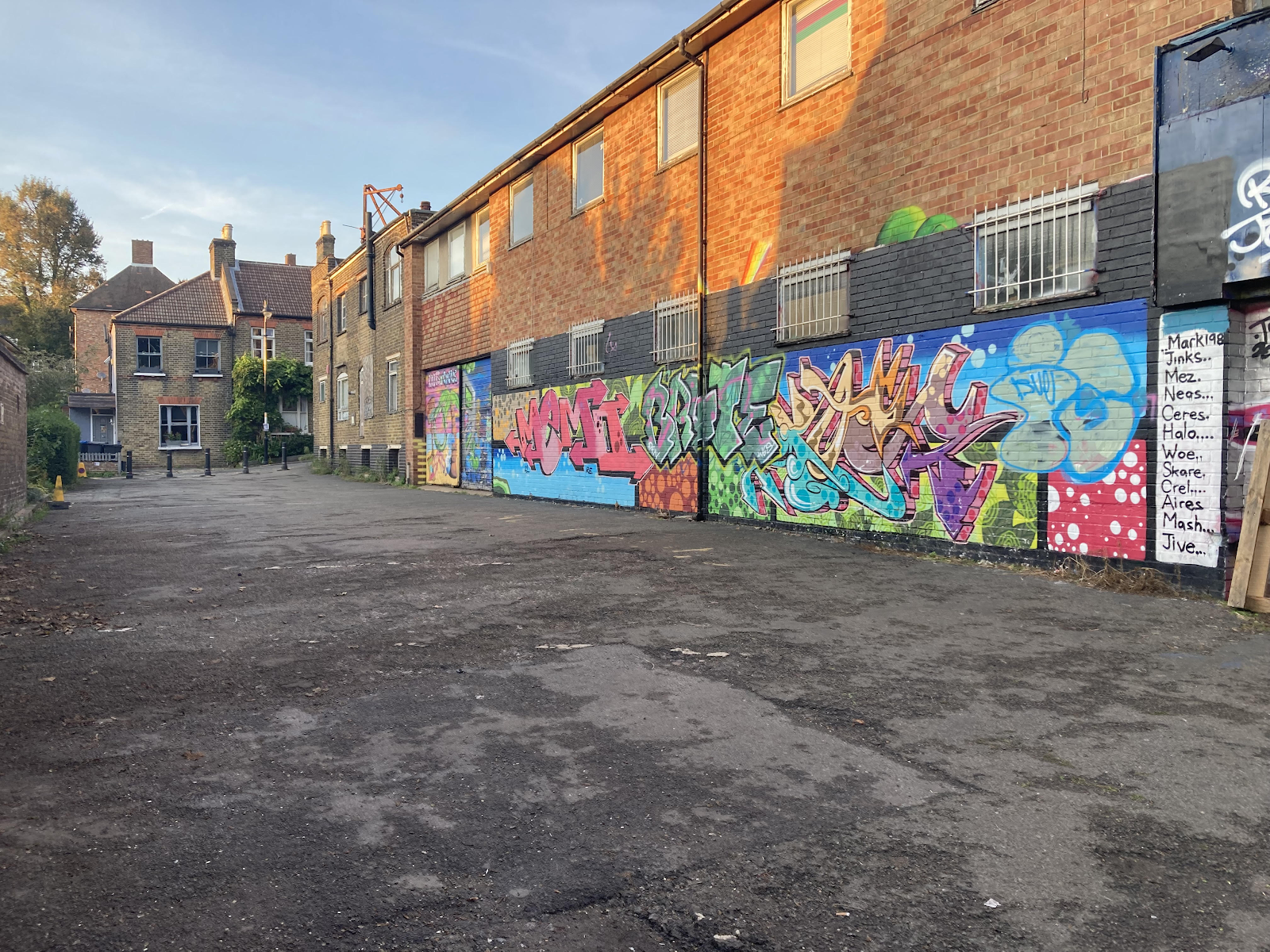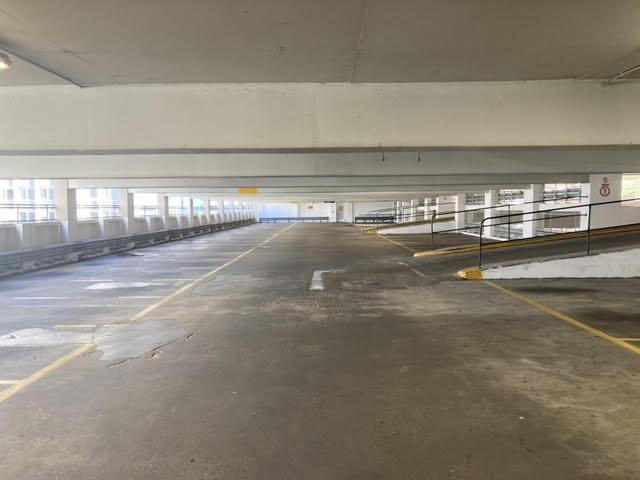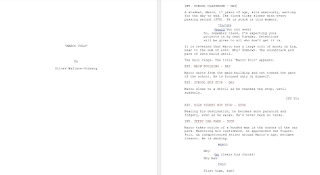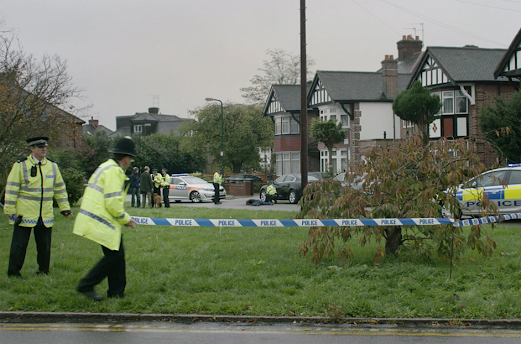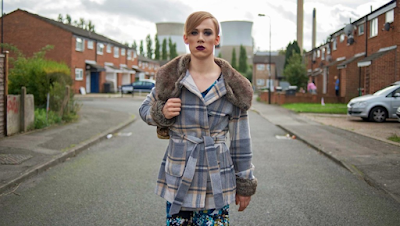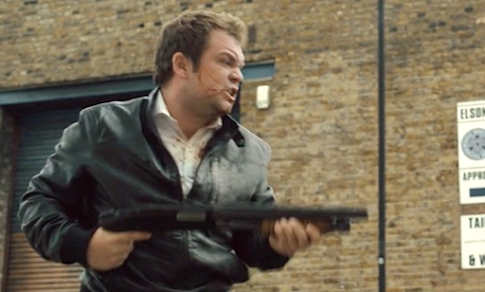Storyboard

This is where film studies and art collide - which is great for me because I literally cannot draw to save my life . Regardless - I took some preliminary photos of my actors (I casted the project too!) to base these off of because I do not trust myself to draw completely freehand. The cast list, by the way, is as follows: 1. Marco played by Max Walters 2. Polo played by Zephyr Charles-Moss 3. Adria played by Hattie Millard I'm pretty proud of the Adria name, too. Adrian translates as "the bringer of darkness" and, well, that's exactly what Adria is to Marco and Polo. It's not something I think I can make light of in the film so may as well do it here. I like the look of these shots arguably too much so I'm aiming to recreate these 5 in my film. Almost everything else will have an element of 'creative license' I reckon. Like I said with the shot list, it all depends on what opportunities present themselves to me on location. It's good not to b

